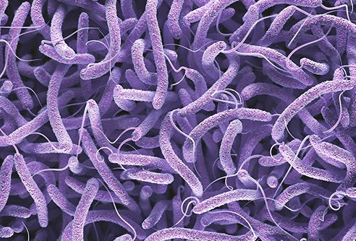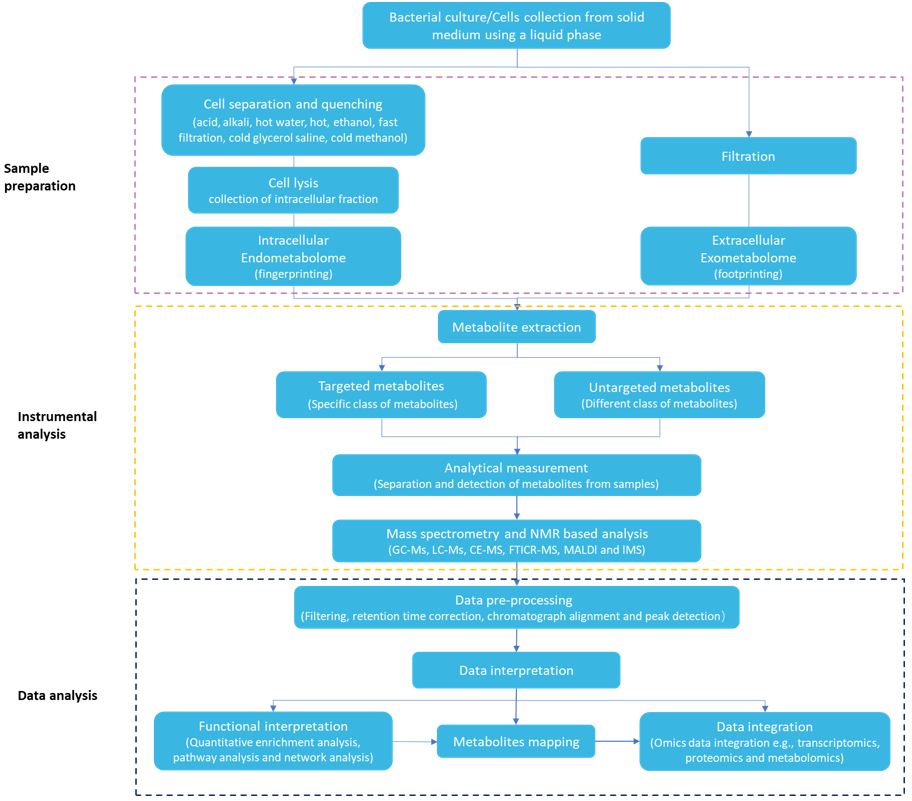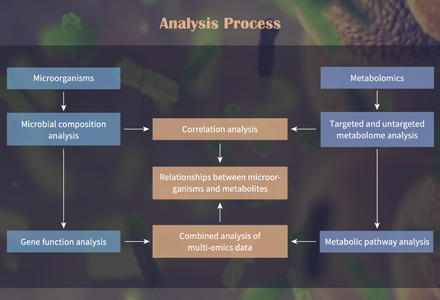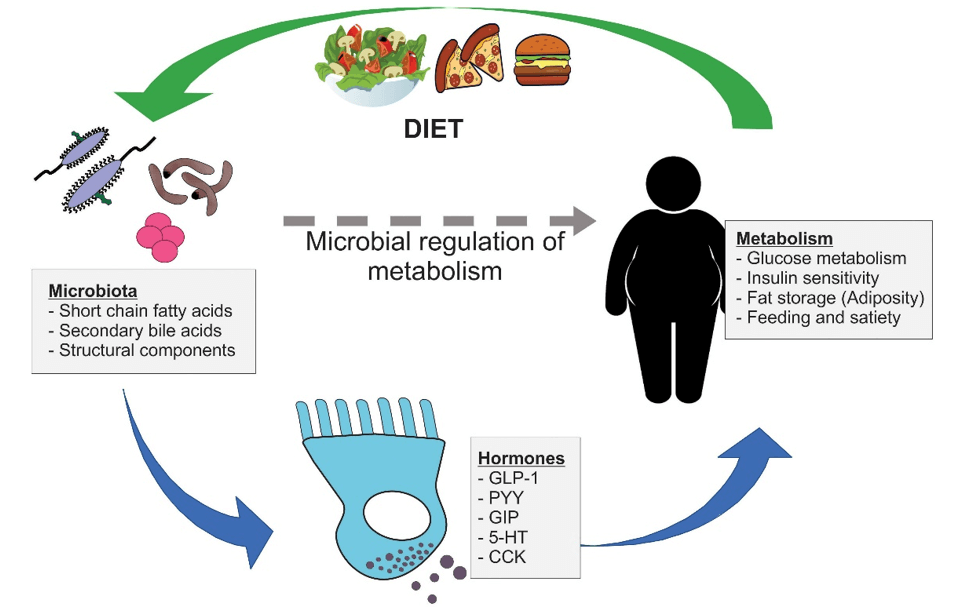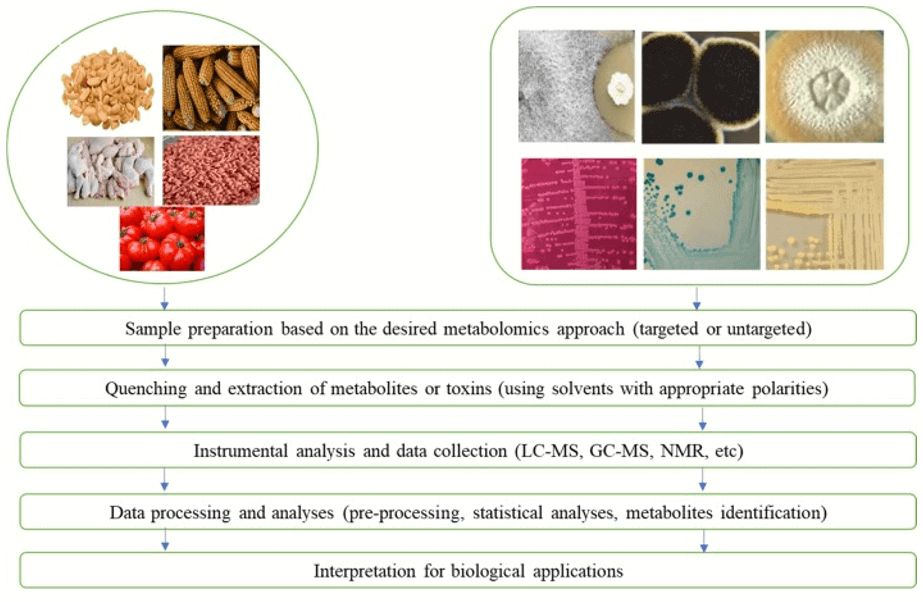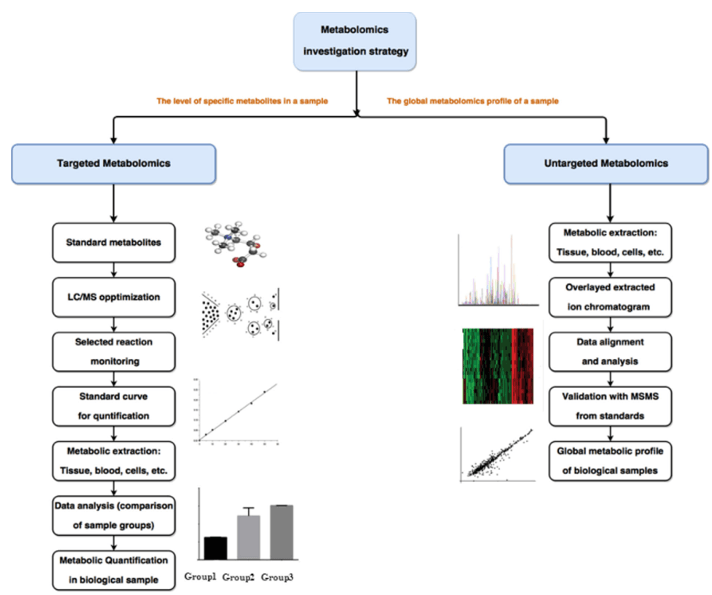Vibrio cholerae is the pathogen of cholera and is widely found in marine and riverine estuarine environments. Ingestion of water and food with virulent Vibrio cholerae can cause watery diarrhea and rapid dehydration in people, resulting in infection.
Vibrio cholerae survives in a viable but non-culturable state (VBNC) in hostile environments. When environmental conditions are suitable, Vibrio cholerae in the VBNC state will recover to an actively proliferating culturable state. The VBNC state is a stressful survival mode of Vibrio cholerae that can cause missed detection in cholera surveillance. When Vibrio cholerae enters the host, it needs to face a series of stresses from the host environment. For example, gastric acid, reactive oxygen species (ROS), reactive nitrogen species (RNS), antimicrobial peptides, intestinal flora, and nutritional competition.
To deeply explore the survival mechanism and pathogenesis of Vibrio cholerae, Creative Proteomics provides metabolomics solutions to accelerate Vibrio cholerae metabolic synthesis, metabolic interactions and metabolic regulation related studies by capturing and characterizing functional metabolites in different biological matrices. By analyzing Vibrio cholerae functional metabolites, we can help analyze the formation and expression of Vibrio cholerae pathogenicity, Vibrio cholerae infection mechanism, biofilm formation and drug resistance development.


